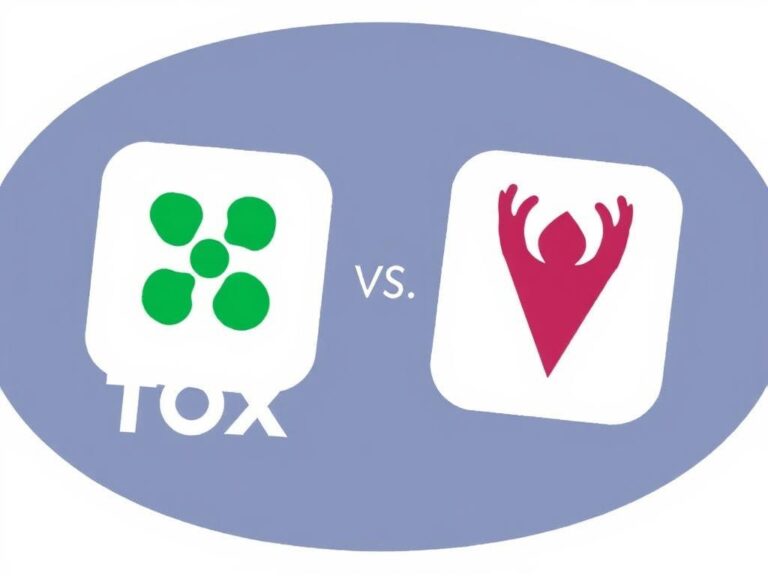How IoT Devices Can Benefit from P2P Architectures: Unlocking New Potential
The Internet of Things (IoT) has transformed how our devices communicate, making everything from home automation to industrial monitoring more accessible and efficient. However, traditional centralized systems sometimes face challenges such as bottlenecks, latency, and security vulnerabilities. This is where peer-to-peer (P2P) architectures come in, offering a fresh way to connect and manage IoT devices. In this article, we’ll explore how IoT devices can benefit from P2P architectures by improving scalability, reducing costs, enhancing security, and increasing system resilience. Whether you’re a tech enthusiast or a business looking to optimize your IoT network, understanding P2P’s role can open up new possibilities.
Understanding IoT and P2P Architectures
Before diving into the benefits, let’s break down the two key concepts. IoT devices refer to physical gadgets embedded with sensors and software that enable them to connect and exchange data over the internet. Examples include smart thermostats, wearable health monitors, and connected vehicles. These devices typically rely on centralized cloud servers to send data for processing and decision-making.
On the other hand, P2P architecture is a decentralized network model where each participant (or “peer”) can communicate directly with others without passing through a central server. In essence, every device acts as both a client and a server.
The traditional client-server model contrasts sharply with P2P. In a client-server setup, many clients request resources and services from a central server, which can become a single point of failure. In P2P networks, devices share resources and tasks, leading to shared responsibility and distributed control.
Benefits of P2P Architectures for IoT Devices

1. Scalability Without the Bottleneck
As the number of IoT devices grows exponentially, centralized servers can struggle to handle the increasing traffic, leading to slow response times and reduced reliability. P2P architectures naturally scale because each new device also adds to the network’s overall capacity. By sharing data directly between peers, the network can accommodate growth without resorting to expensive infrastructure upgrades.
2. Reduced Costs and Infrastructure Needs
Maintaining powerful centralized servers and cloud services often comes with high costs for businesses or individuals operating IoT ecosystems. P2P networks reduce reliance on such infrastructure since devices communicate directly. This means lower setup and operational costs while benefiting from efficient resource usage.
3. Enhanced Security and Privacy
Security concerns are paramount in IoT, as devices often handle sensitive data. Central servers may become attractive targets for cyberattacks, risking massive data breaches. By distributing data and avoiding single points of failure, P2P architectures can enhance security through decentralization.
Additionally, peer-to-peer connections enable localized data sharing, which helps preserve privacy by keeping data closer to the source. Technologies like encryption further strengthen secure communication within the P2P framework.
4. Increased Resilience and Fault Tolerance
In centralized models, server downtime can disrupt the entire IoT system. With P2P networks, if one peer fails, others can continue functioning independently, providing higher availability and fault tolerance. This resilience makes P2P architectures especially valuable for mission-critical applications such as healthcare monitoring or industrial automation.
Practical Applications of P2P in the IoT Landscape
P2P architectures lend themselves naturally to various IoT scenarios:
- Smart Homes: Devices like smart lights, thermostats, and security cameras can communicate directly, reducing latency and reliance on cloud servers.
- Industrial IoT: Factories and plants can operate machines and sensors in a decentralized fashion, improving uptime and responsiveness.
- Vehicle-to-Vehicle Communication: Connected cars can share data such as traffic conditions or hazards via P2P networks, enhancing road safety.
- Healthcare Monitoring: Wearable devices can exchange data peer-to-peer, ensuring continuous monitoring without central server dependencies.
Integrating Blockchain and P2P for IoT
One exciting trend is combining blockchain technology with P2P IoT architectures. Blockchain’s distributed ledger capabilities align well with P2P networks, providing transparent, tamper-proof transaction records that secure IoT data exchanges. This integration paves the way for trustworthy decentralized IoT ecosystems, where devices can autonomously verify and record interactions without intermediaries.
Challenges and Considerations
While P2P architectures introduce many advantages, there are also challenges to consider:
| Challenge | Description | Potential Solutions |
|---|---|---|
| Network Management | Managing large numbers of peers can be complex due to dynamic network topologies. | Implementing efficient peer discovery protocols and adaptive routing algorithms. |
| Resource Constraints | Many IoT devices have limited processing power and battery life, which can limit P2P functionalities. | Optimizing lightweight communication protocols and offloading heavier computations to more capable peers. |
| Security Vulnerabilities | Decentralized networks must protect against malicious peers or data tampering. | Using encryption, authentication mechanisms, and trust models within the P2P network. |
How to Get Started with P2P for Your IoT Devices
If you’re interested in exploring P2P architectures for your IoT ecosystem, start small:
- Identify devices in your network that can benefit from direct communication.
- Choose or develop P2P communication protocols that suit your hardware capabilities.
- Implement encryption and authentication to maintain security.
- Test your P2P network in controlled environments to evaluate performance and resilience.
- Scale gradually while monitoring network health and addressing any emerging challenges.
Open-source projects and frameworks like libp2p or MQTT can serve as valuable tools to build or integrate P2P functionalities efficiently.
Conclusion

IoT devices stand to gain remarkable benefits from adopting P2P architectures, from improved scalability and cost savings to enhanced security and resilience. Moving away from centralized systems empowers devices to communicate directly, making networks more efficient and robust. While there remain hurdles to overcome, careful planning and the right technologies can help unlock the full potential of P2P for IoT. As the world becomes more connected, leveraging peer-to-peer architectures promises a smarter, safer, and more responsive Internet of Things.






